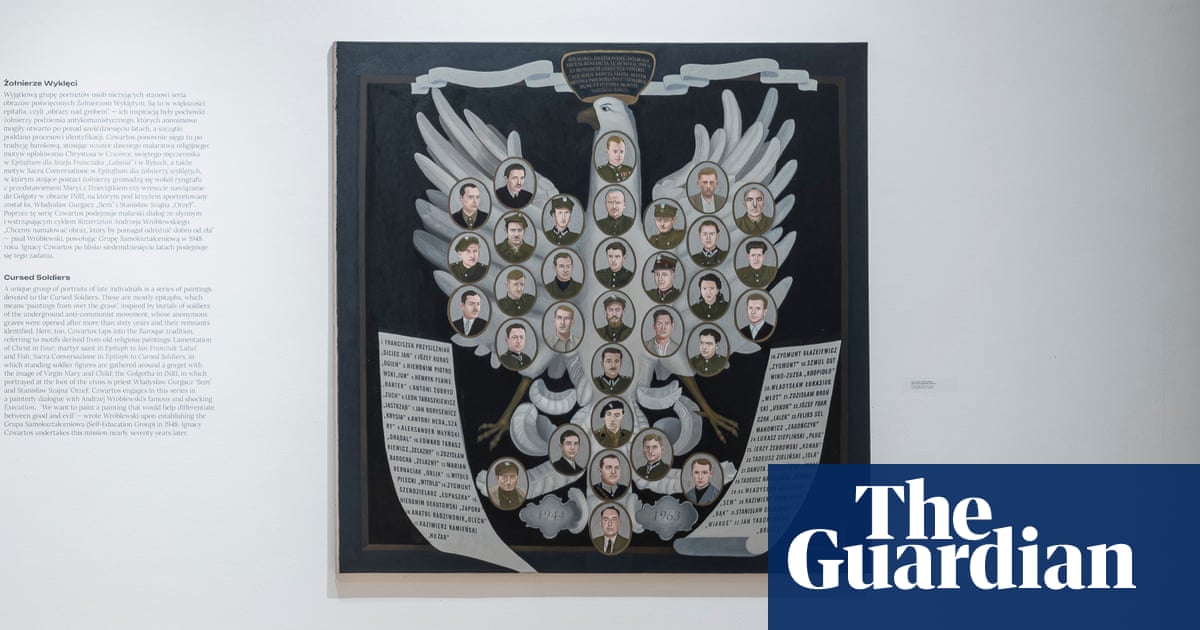
DUBAI: While the world abides by the harsh realities of life indoors within our new quarantined existence, wildlife seems to be tentatively rebounding.
It is a curious by-product of the coronavirus disease (COVID-19) pandemic, and has happened at almost the exact same moment environmentalism became an agenda-defining global issue. Many art and architecture exhibitions over the past year have been addressing environmental concerns and sustainability, in line with the pressure now being raped up in the political sphere.
The National Pavilion UAE’s exhibition at the upcoming 2020 Venice Biennale, scheduled to take place from August 29 to Nov. 29, offers an experimental solution to the environmental impact of the construction industry.
Titled “Wetland,” the exhibition is curated by architects Wael Al-Awar and Kenichi Teramoto, who jointly run Waiwai, a multidisciplinary architecture, graphic, landscape and urban design studio with offices in Dubai and Tokyo, known for addressing economic, environmental, social and technological aspects of architectural projects.
These include Dubai’s Jameel Arts Centre, Jaddaf Waterfront Sculpture Park, Al-Warqa’a Mosque, Hai d3 event venue, and Jeddah’s Hayy: Creative Hub.
“Wetland” is the result of experimentation exploring how salt and mineral compounds, discovered in the UAE’s sabkha (salt flats), might be able to develop renewable building materials and a comparable version of Portland cement.
“Concrete is one of the world’s most highly consumed materials, and the cement industry — an important part of its production process — accounts for 8 percent of all greenhouse gas emissions,” Al-Awar and Teramoto told Arab News. “In our opinion the volume of cement that the construction industry uses today is a crisis in the making and has a significant, negative impact on the environment. If cement was invented today, no institution would agree to use it given its CO2 emission ratio.”
The exhibition takes places at the 17th International Architecture Exhibition of the Venice Biennale, under the event’s theme “How Will We Live Together?” curated by Lebanese architect Hashim Sarkis, and which encourages curators to explore how architecture can be a means to address global challenges through solidarity. Architecture here is investigated as a way to engage communities and bridge national borders, lessening economic, social and political divides.
The architects began investigating how to extract salts from the waste brine of desalination water that could be crystalized into a strong and durable building material. (Supplied)
“As architects, we believe that we have a responsibility to critically interrogate our industry and think creatively about how we can resolve the tension between the natural and built environments,” said Al-Awar and Teramoto. “All our projects are inspired by nature, and as much as possible we work in harmony with the indigenous flora and fauna that make each build site unique and special. This is why, for our exhibition at the 2020 biennale, we’ve taken the opportunity to create a potential alternative to Portland cement that would be viable for the modern construction industry.”
For their research, Al-Awar and Teramoto partnered with teams at New York University in Abu Dhabi, the American University of Sharjah and the University of Tokyo. Firstly, they began investigating how to extract salts from the waste brine of desalination water that could be crystalized into a strong and durable building material.
“Not only are we proposing a new sustainable cement, but we’re also making use of a byproduct that causes significant environmental impact if it’s poured back into the sea,” they added.
Al-Awar and Teramoto partnered with teams at New York University in Abu Dhabi, the American University of Sharjah and the University of Tokyo for their research. (Supplied)
Commissioned by the Salama bint Hamdan Al-Nahyan Foundation and supported by the Ministry of Culture and Knowledge Development, the National Pavilion UAE has a permanent pavilion at the Venice Biennale’s Arsenale. This year marks the fourth since its participation in the International Architecture Exhibition, and its 10th at the Venice Biennale.
“Every year, the National Pavilion UAE’s exhibitions are based on original research and insights, and make valuable contributions to global discourse, understanding and cultural conversations,” said Laila Binbrek, the pavilion’s coordinating director.
The world has changed since the exhibition’s conception. We now have a virus that is threatening humanity.
“COVID-19 seems to have had a positive impact on the natural world,” said the curators. “Human progress and development were being done at the expense of the environment with little concern for sustainability. Our ecosystem has benefited only now that we have been forced to a stop. But this is also unsustainable. What we learn is that progress and development have to continue, but must be done sustainably, in balance.”











